Search for lenses, articles and help
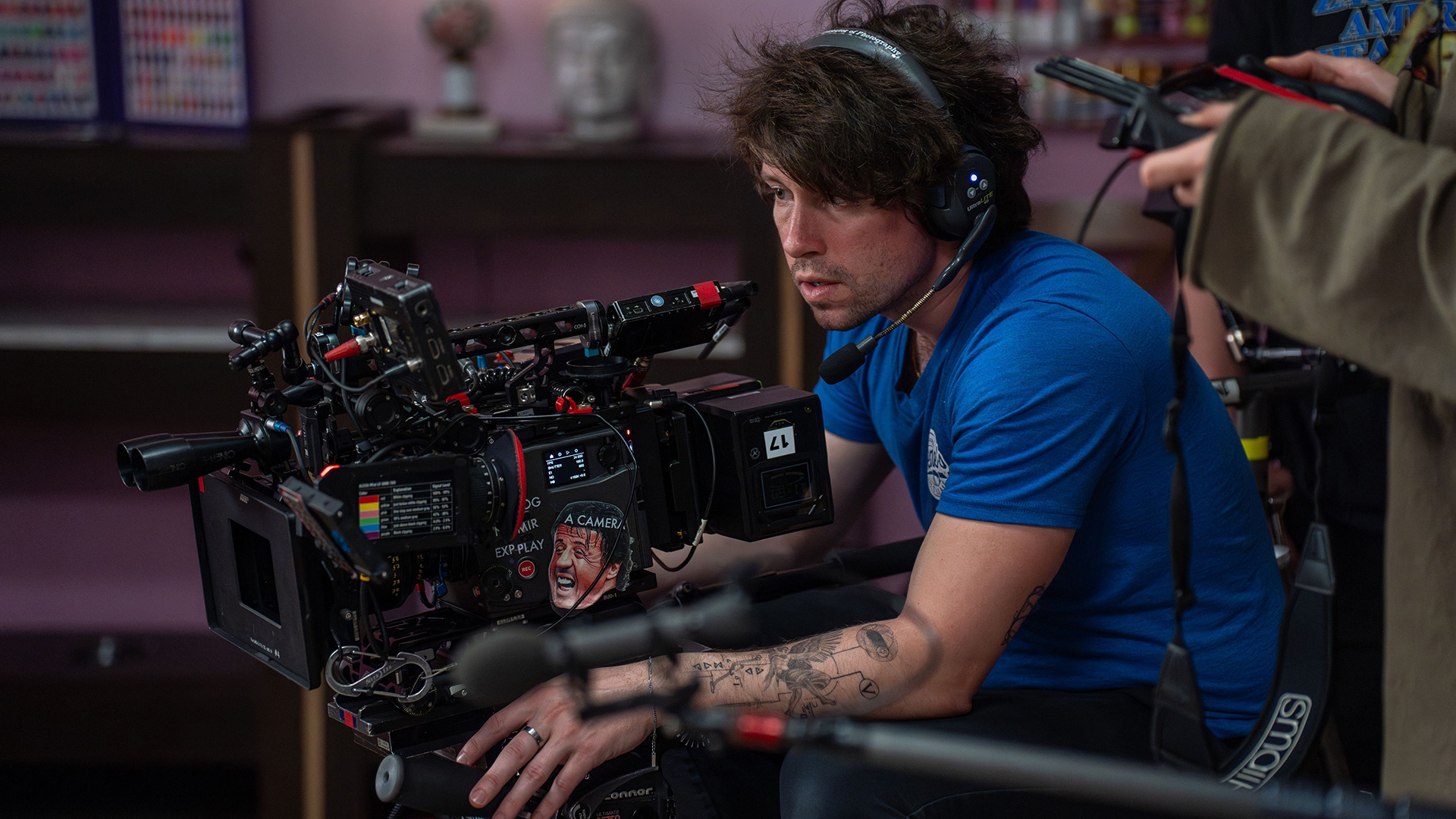
Scott Siracusano is a Los Angeles based cinematographer who has an extensive background shooting music videos, commercials, shorts and feature films. His work has been recognised at acclaimed film festivals around the globe such as Sundance and Camerimage, the latter of which he had a Golden Frog nomination in 2021 for his work on The Box.
Siracusano chose to use Cooke Speed Panchro lenses to capture his latest project Control Freak, a horror-feature film about motivational speaker Val Nguyen who is plagued by an uncontrollable itch on her head. A sinister turn of events reveals that she has become infected with a parasitic demon from her homeland: the ‘Sanshi’.
We had the pleasure of speaking with Siracusano about his time behind the lens and working alongside Director Shal Ngo. The pair also worked alongside VFX artist and supervisor Travis Button who was present throughout the entire production.

With a VFX-heavy production, such as ‘Control Freak’, it is essential to ensure effective communication with the cinematographer and the VFX supervisor from start to finish. Despite working within a tight schedule, Siracusano and Button ensured that they allowed enough time to streamline visual cohesion. He commented “I made sure we allotted as much time as possible for our chrome ball and HDRI captures to ensure Travis received the most accurate photometric data. We were always careful not to move forward with any ambiguity into the next setup”.

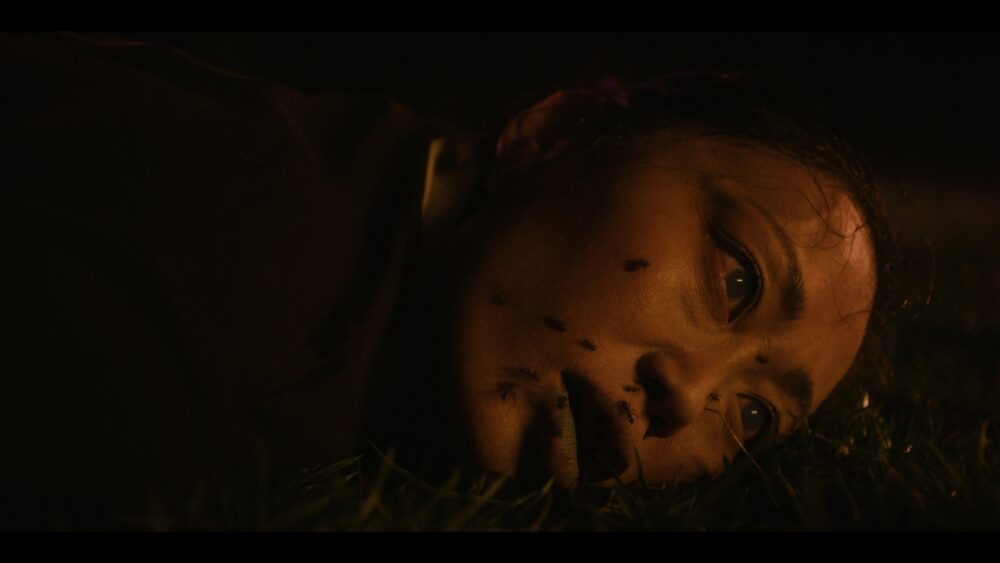
During pre-production, it became clear that shooting as much as possible in-camera would benefit both creativity and budget. A prime example was the Sanshi, a creature developed and fabricated by MastersFX in Vancouver. Siracusano reflected “the suit, led by Stanley White Jr., covered only the top half of the creature, which meant we had to approach our coverage and lighting design with extra precision. When the creature was on camera, we had to account for the fact that its skin would be enhanced with thousands of moving ants in VFX. Early on, I found that top and backlighting the Sanshi showcased both the VFX and creature design in the best way possible”.
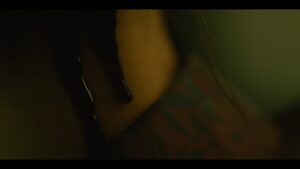
One of the most significant challenges of the production involved scenes set underwater. Given the project’s budget and schedule constraints, shooting these sequences practically was not a viable option. Siracusano turned to a dry-for-wet approach, inspired by Dan Laustsen’s cinematography in The Shape of Water. A few weeks before principal photography, he ran camera tests with Travis to determine the best way to achieve the effect. “Hair proved to be our biggest challenge, but in the end, we found solutions to avoid relying on simulated hair. Some concessions had to be made across the board to pull this off, but ultimately, we moved forward with an approach that served the project best.”
From the outset, Siracusano wanted to create a unique visual style that set the film apart. Lens testing became a major part of the pre-production process, with the cinematographer and his 1st AC, Theo Sturz, spending days at The Camera Department in Cincinnati exploring various options, eventually deciding on the Cooke Speed Panchros, which stood out most to him for their unique character.
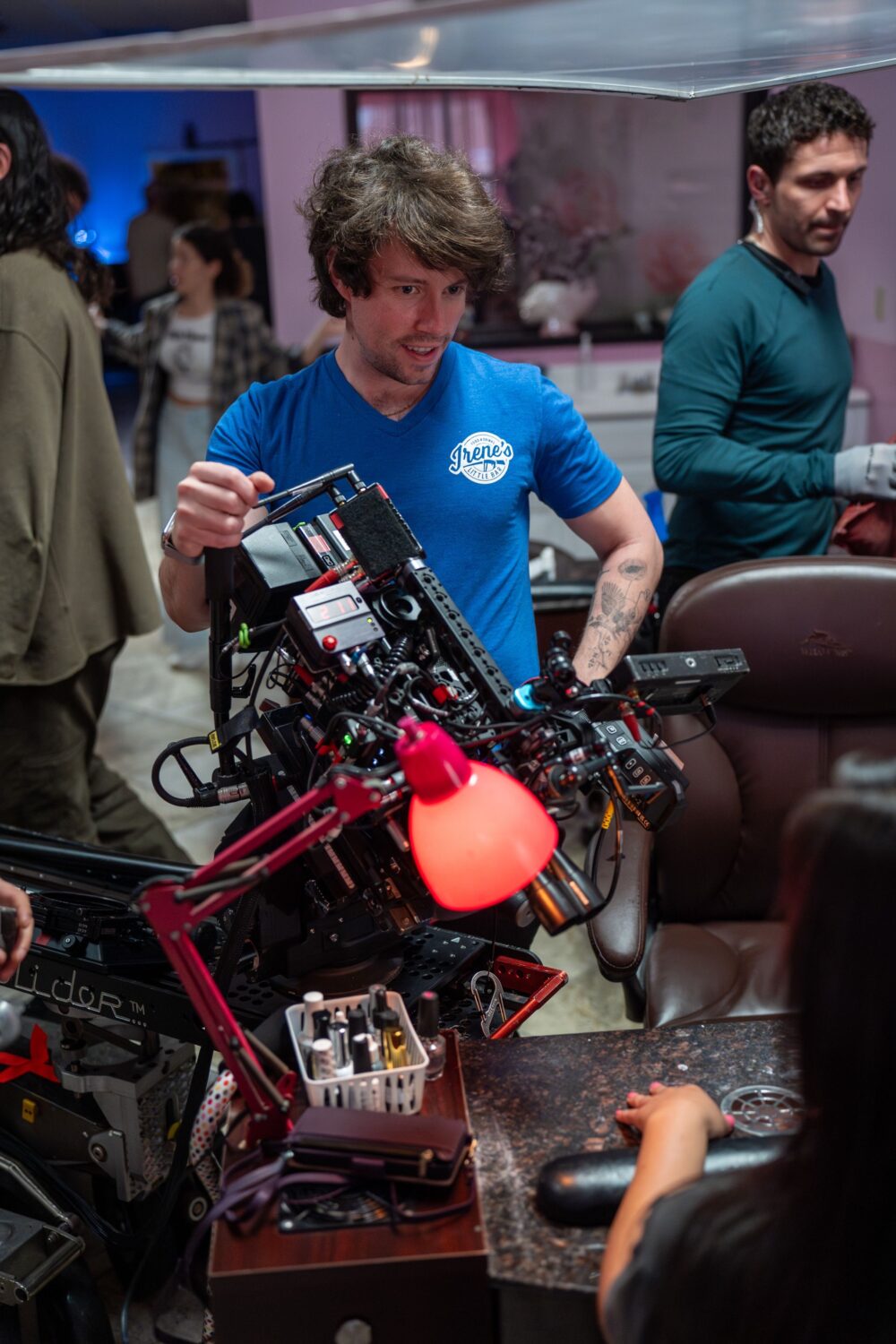

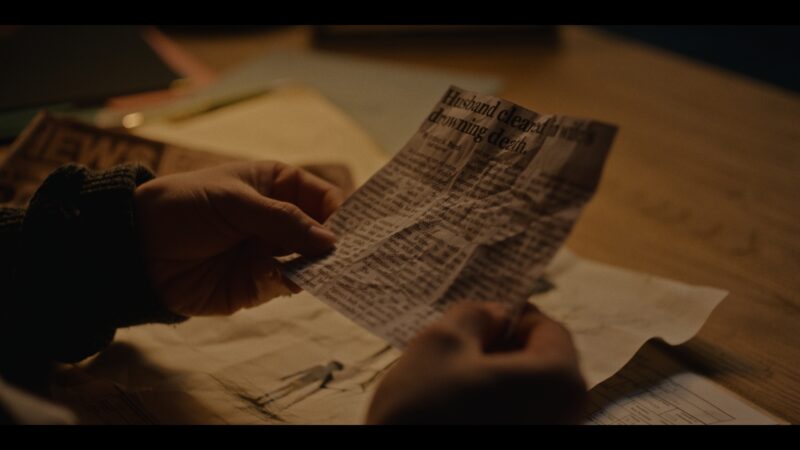
Scott noted that choosing the right focal length of lens wasn’t just about selecting the right perspective, it was about conveying a specific emotion. “The 75mm was one of my favorites in the set because it held such a warm richness with the skin tones that I could not get from any other lens. Every close-up with it felt so intimate and painterly, and I found myself always gravitating towards it. Our hero lens, however, was 40mm. It gave us flexibility to shoot beautiful wides while still maintaining a subtle sense of claustrophobia that ran throughout the film”.
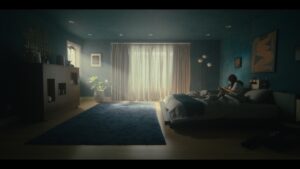
Siracusano spoke about collaborating with Director Shal Ngo during pre-production and how each movement would be crafted with intention. “Shal and I spent a lot of time during prep defining the visual language—how each lens and camera movement would serve the story. We created a set of foundational guidelines to help us stay intentional and informed with our choices.” The cinematographer reflected that when the lead character Val was not in control, they went handheld with their rig, aiding in the feeling of discomfort and disorder the protagonist is experiencing.
It was a pleasure to speak with Scott Siracusano about his time working on Control Freak. The film is available to stream on Disney Plus and Hulu.